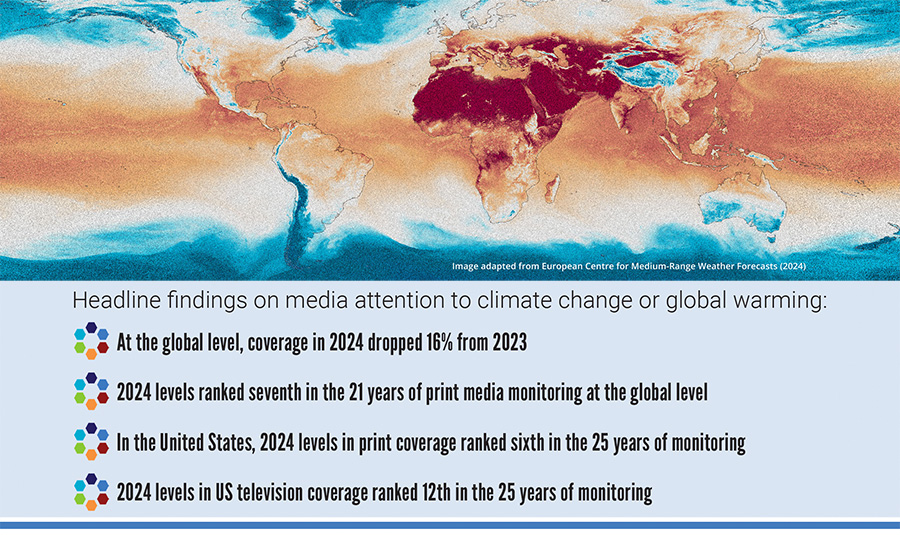
Title: Reevaluating Bus Shelter Architecture: How “Protective” Structures Might Be Exacerbating Summer Heat
Urban infrastructure aims to offer convenience, safety, and versatility—particularly as climate change heightens severe weather phenomena in urban areas. However, a surprising new investigation indicates that a widely utilized element of transit infrastructure may be producing the contrary effect during sweltering summer periods. Research conducted by experts at UTHealth Houston suggests that enclosed bus shelters could be worsening heat exposure for public transit passengers, transforming what should be a haven into a perilous heat trap.
Compact Greenhouses on the Streets
The study, spearheaded by Kevin Lanza, PhD, an assistant professor at UTHealth Houston School of Public Health, assessed heat conditions at 17 bus stops across Houston over 13 days of intense summer heat, with air temperatures reaching between 95 and 103°F. The research team deployed sensors that tracked the Wet Bulb Globe Temperature (WBGT), a metric that not only measures air temperature but also takes into account humidity, wind velocity, and solar radiation—thus serving as a thorough index of heat stress encountered by the human body.
Their results were eye-opening: certain popular enclosed bus shelter models, which included clear acrylic panels and metal frameworks, raised the temperature inside the shelter by 5.2°F compared to the surrounding open air. “With the enclosed acrylic walls and metal holding radiation inside, it was akin to an oven, making it warmer than the area outside the shelter,” Lanza remarked.
The Greenhouse Phenomenon in Urban Design
This unforeseen heat magnification mirrors the greenhouse effect—where transparent elements permit solar radiation entry while trapping heat, hindering its escape. While these covered structures are generally perceived as offering relief from sun or rain, the materials and building techniques unwittingly result in heat absorption and radiation back to users.
In essence, the very shelters meant to shield individuals are, in specific situations, confining them in even riskier environments.
Heat’s Unequal Impact
The consequences are particularly crucial for public health, especially in light of escalating global temperatures and the growing urban heat island effect. Public transit users, who often don’t have access to private air-conditioned vehicles, are at a greater risk for extended heat exposure. This issue becomes even more pronounced in low-income communities, where shade-providing trees are frequently limited, and residents depend more on bus services.
The research team’s data clearly point toward a more effective remedy: trees.
In areas where natural tree cover shaded bus stops, WBGT measurements dropped by an average of 5.9°F. Open-air shelters—with broader roofs but lacking enclosing walls—also surpassed fully enclosed designs by allowing air to circulate more freely.
Designing for Adaptability, Not Vulnerability
These discoveries highlight a form of “maladaptation”—when well-meaning infrastructure inadvertently exacerbates the effects of climate change. Instead of safeguarding transit users from heat, poorly conceived bus shelters are intensifying their exposure.
“The findings can advocate for planting trees at bus stops for optimal cooling,” Lanza stated. “And if shelters are the only feasible solution, then focusing on strategic design is essential.”
To genuinely assist public transit riders and bolster urban climate resilience, city planners, transit agencies, and landscape architects must reevaluate shelter design with thermal comfort in mind. This involves choosing materials that reflect heat rather than trap it, implementing open-air designs that promote natural airflow, and, vitally, incorporating greenery into transit infrastructure development.
A Call for Action Toward Heat-Resilient Cities
As urban centers around the world strive to boost public transportation usage in response to climate change and emissions targets, ensuring rider safety becomes crucial. Addressing heat risk should not be an afterthought but a central consideration in constructing equitable, secure, and sustainable transit frameworks.
The lesson from Houston is unmistakable: effective design extends beyond mere protection from rain or sun—it must consider how individuals genuinely experience heat. Only then can we establish transit spaces that fulfill their intention without compromise.
Support Evidence-Based Urban Advancement
Independent research such as this underscores the intricacies of climate adaptation and stresses the necessity for interdisciplinary solutions in urban planning and public health. Supporting such evidence-driven inquiries enables cities to make informed, safer, and more human-centered decisions.
If this reporting has enlightened or motivated you, please contemplate contributing to support independent science journalism. Together, we can guarantee that the science behind the headlines reaches the individuals and policymakers who require it most.
Let’s transform our approach to city design—one bus shelter at a time.